Fascinating Animal Species That Only Live in Olympic National Park
By Nick Estrada
Established in 1938, Olympic National park preserves and protects nearly 1,400 square miles of old-growth temperate rainforests, glacier-clad mountains, and over 70 miles of Pacific Coast line. Among the varied landscape of Washington’s Olympic Peninsula is an impressive measure of biodiversity in the flora and fauna that call this beautiful place home.
For many of these plants and animals, the peninsula is the only home that their species has ever known.
Indeed, they stand out as entirely unique to the Olympic Peninsula and Olympic National Park and have evolved completely separate and distinct from the rest of the world. These creatures are known as endemic species.
en·dem·ic
/enˈdemik/
(of a plant or animal) native and restricted to a certain place.
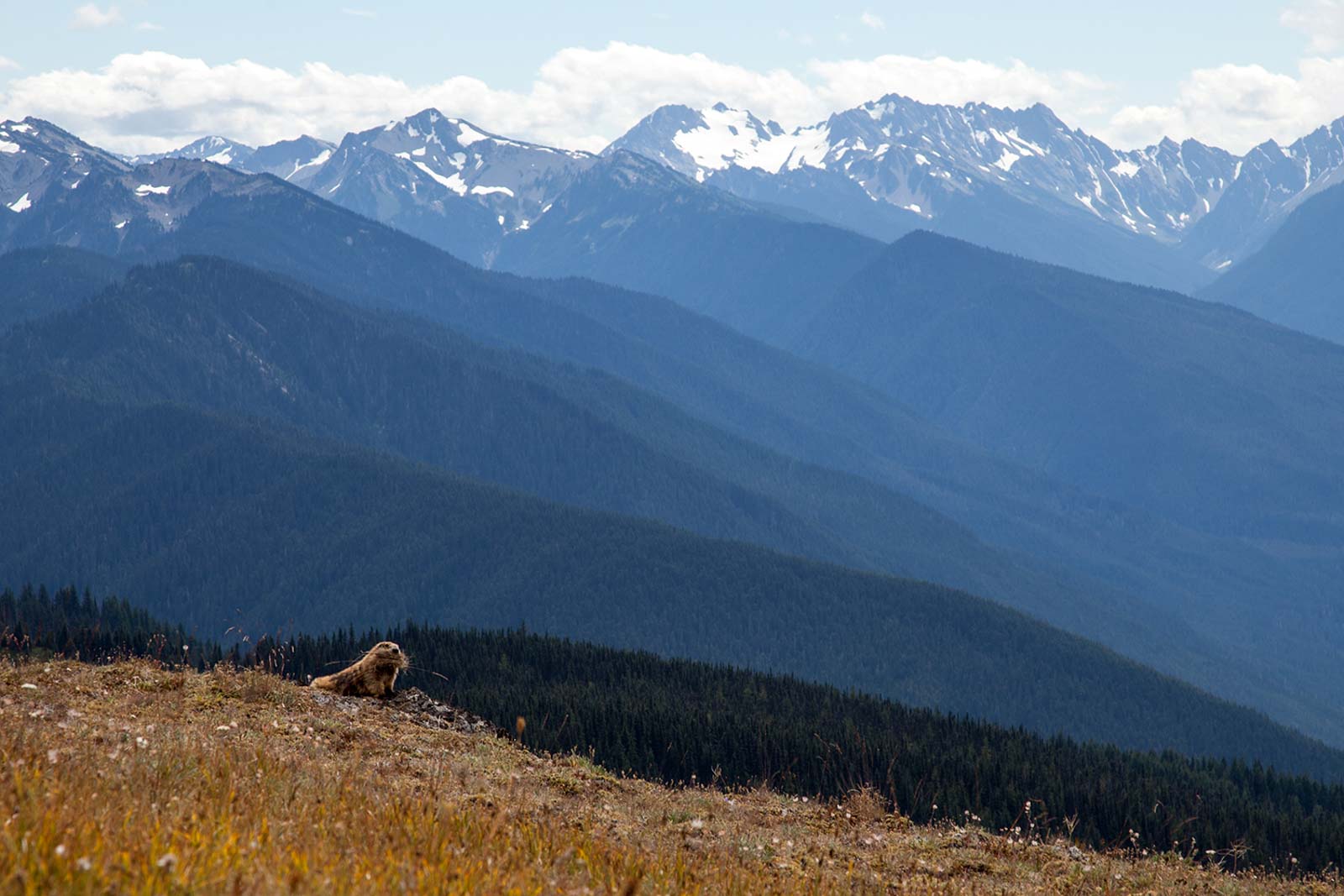
To understand where the distinct flora and fauna found on the Olympic Peninsula come from, and why they exist nowhere else, we must trace the origins of the landscape back 12,000 to 14,000 years ago to the Pleistocene ice age.
For thousands of years during this last ice age, southbound continental glaciers isolated the Olympic Peninsula from the rest of North America’s mountain ranges.
Cut off from the surrounding land, animals and plants evolved in this alpine terrain separately and distinctly from other species inhabiting the rest of the continent. As these glaciers retreated about 13,000 years ago during the end of the Pleistocene ice age, they left inland seas that have rendered the Olympic Peninsula and its ecosystem an island-like landscape, remaining isolated from the rest of the country.
In total, there are 14 endemic animal species on the Olympic Peninsula, many of which can be found in Olympic National Park.
Below is a list of a few of our favorite local residents of the park, who you might be lucky enough to see on your next visit!
Olympic yellow-pine chipmunk
Tamias amoenus caurinus
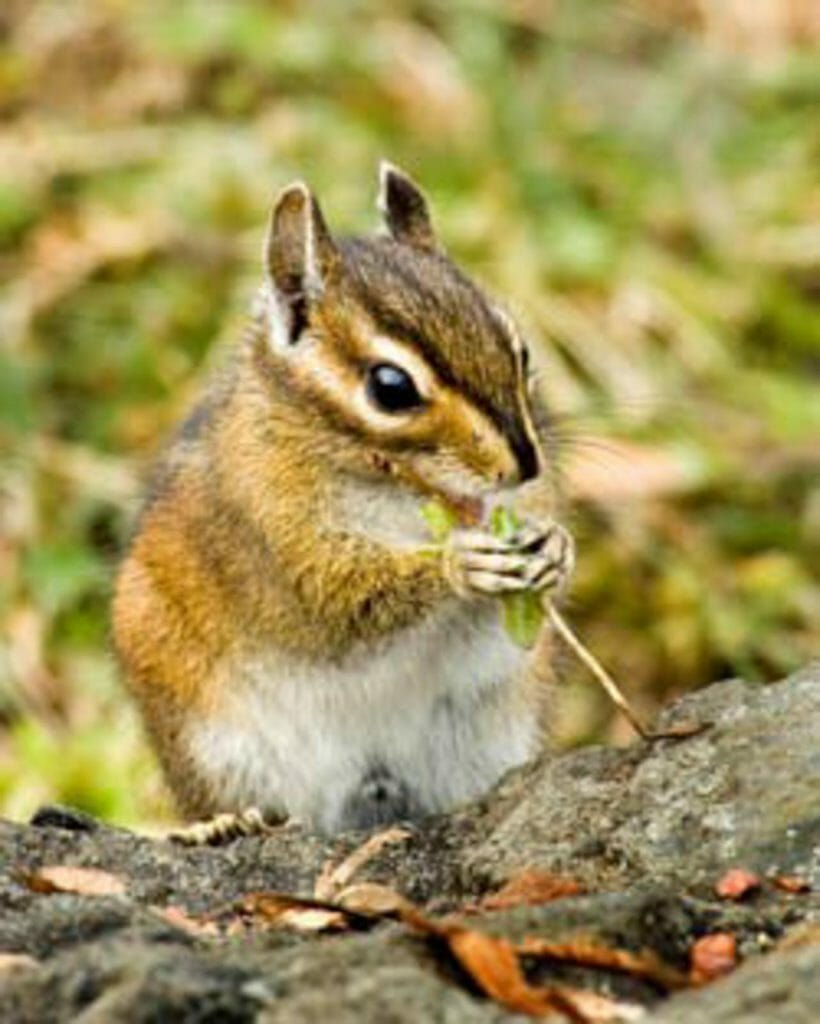
Weighing less than a pound, Olympic yellow-pine chipmunks are one of the smallest mammals found in the park. They have brownish fur with white underbellies, and dark and light stripes running from their backs across their face to the tips of their nose. You will more often hear them than see them in the subalpine zone, where forest blends into meadow. Feeding mainly on seeds, nuts, berries, insects and sometimes fungi, they are able to store a relatively large amount of food in their large cheek pouches.
Olympic Marmot
Marmota olympus
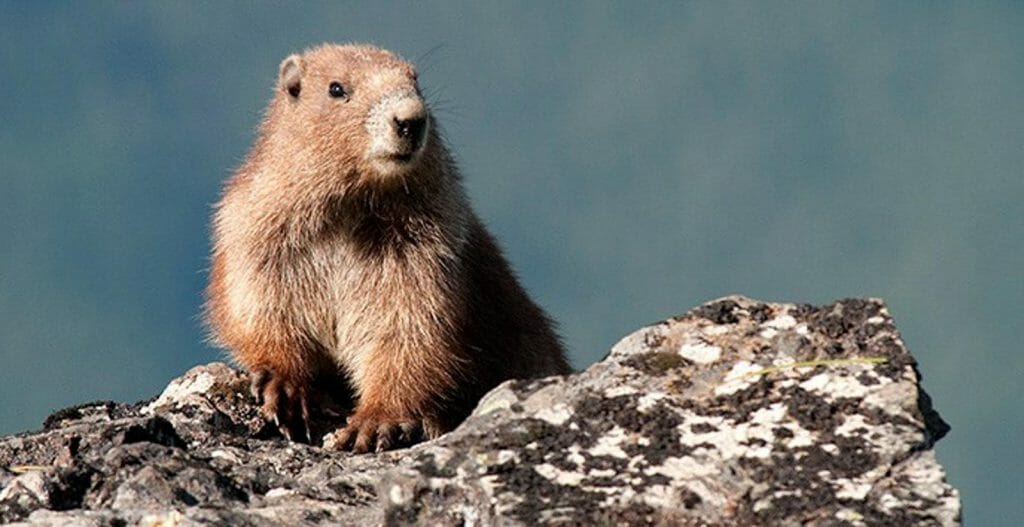
Found in mountain meadows above 4000 feet, Olympic Marmots are incredibly social and playful creatures. They are about the size of a housecat with a long bushy tail, and eat plants such as heather, lupine, grasses, sedges, and mosses. When they emerge from hibernation in May or June, their pelts are yellow or tan, which will soon shift to more brownish, and finally almost black in the fall. During hibernation, their heart rates can drop to 3-4 beats per minute! One of the greatest threats to the Olympic Marmot, whose numbers declined in the 1990’s and early 2000’s, is predation by non-native coyotes. Many experts believe that climate change is a large contributing factor as decreasing snowpack in alpine meadows, the habitat of marmots, makes a more desirable habitat for coyotes. In 2010 the park initiated a monitoring program that enables volunteers to record the presence or absence of marmots in many meadows throughout the park.
In 2009 the Olympic Marmot became a state symbol as Washington’s official state endemic mammal
thanks to the efforts of 4th and 5th grade students at Seattle’s Wedgwood Elementary School.
Olympic Short-tailed Weasel
Mustela erminea olympica
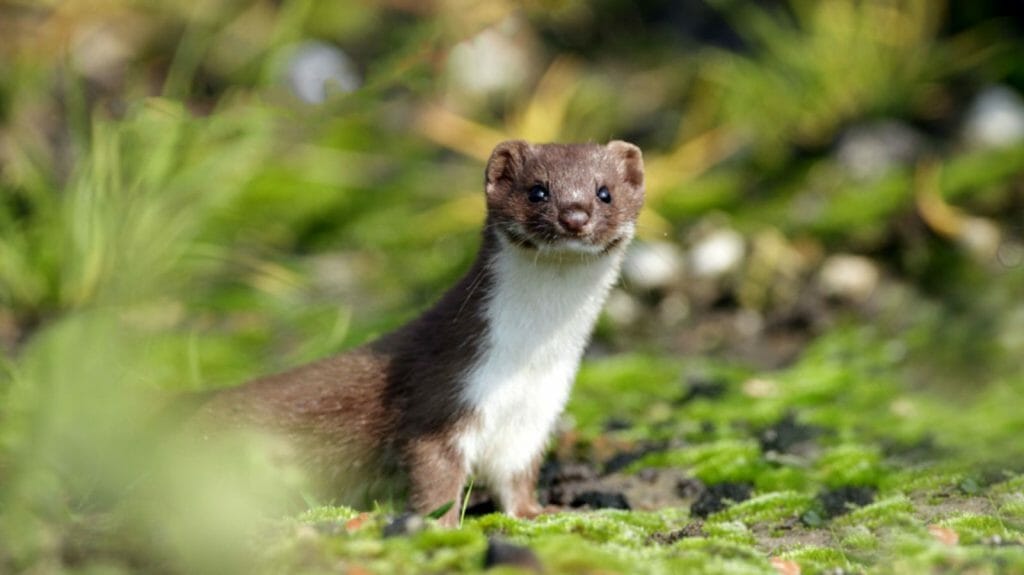
Similar to other short-tailed weasel species found in the northern hemisphere, the Olympic short-tailed weasel is long, slender, fast despite its short legs, and strong despite its size. Weasels are carnivorous, feeding mainly on small rodents like chipmunks and squirrels, but able to take mammals larger than themselves such as snowshoe hares. The distinguishing feature of the Olympic short-tailed weasel is that it keeps its brownish coat, with yellowish underbelly, year round; whereas other weasel species turn white in preparation for the winter. They inhabit lowland forests up to the subalpine zone and make their homes in the burrows of small rodents that became their prey.
Olympic torrent salamander
Rhyacotriton olympicus
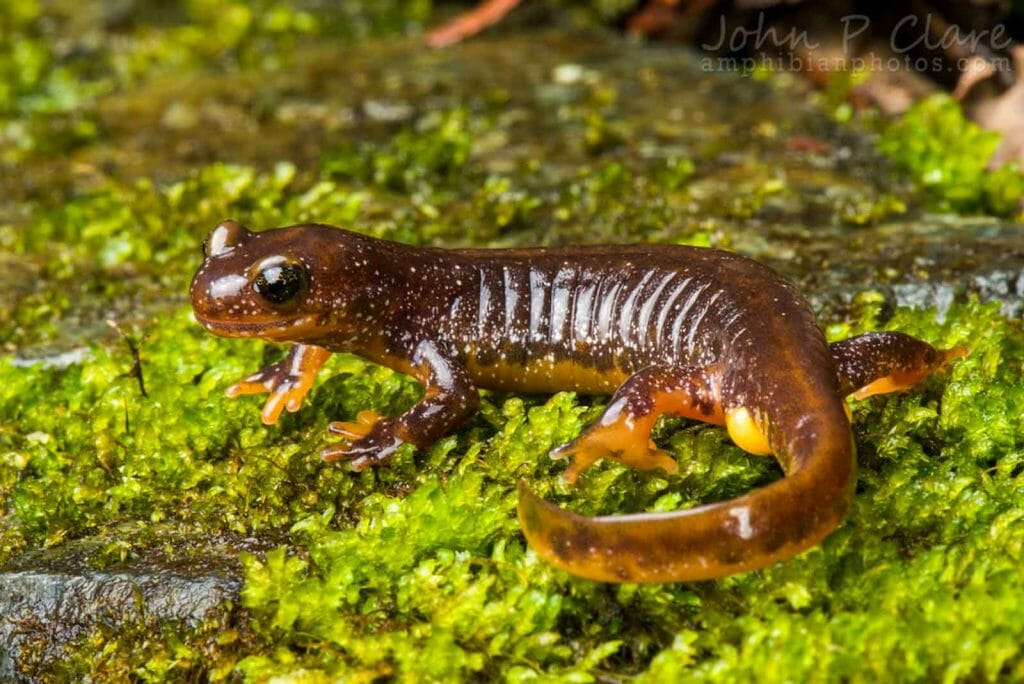
This salamander is found commonly at the edges of cool, clear, streams in the old growth forests of Olympic National Park. They have medium to dark brown skin, a yellow underbelly, and small dark spots.
Interestingly, they have reduced lungs and breathe mostly through their skin!
They will flip over, exposing their yellow undersides when disturbed in an attempt to startle potential predators. Habitat loss and logging are the major threats to the Olympic torrent salamander, especially since their habitat is extremely small and limited; any loss of habitat could be detrimental.
Arionid jumping slug
Hemphillia burringtoni
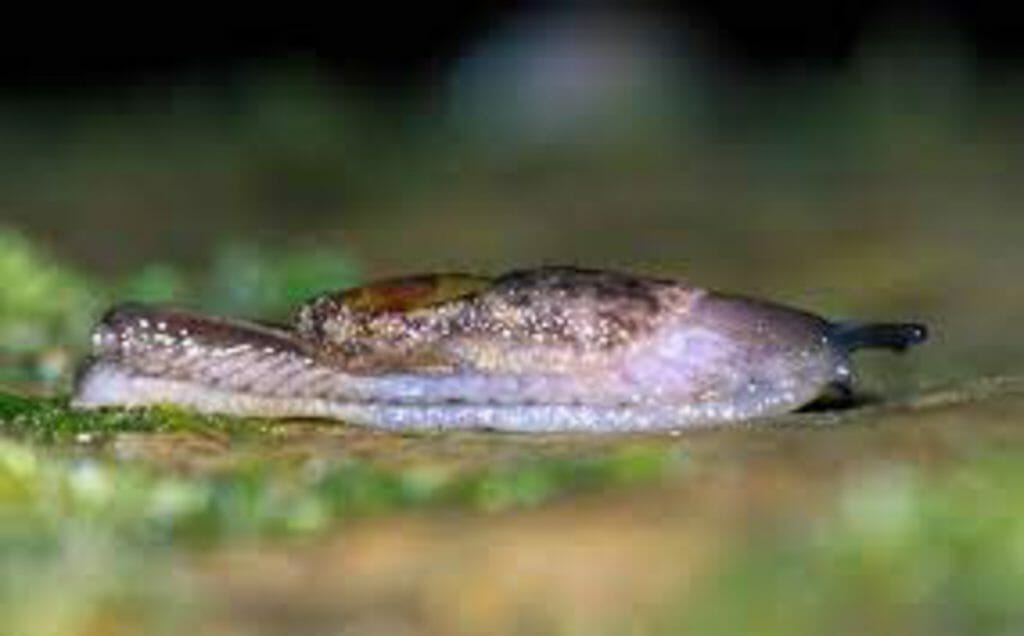
One of seven species of the genus of air breathing land slugs, this slug is found on the undersides of bark on the forest floor. Slugs play an important role in the ecosystem as recyclers of organic material including living and decomposing plant foliage. Unlike snails, which hide their internal organs in their shells, and other slugs, which keep them in a cavity in their foot, jumping slugs are unique in that they have a soft “hump” on their back where their organs are carried.
They also have a small shell, which resembles a fingernail, that serves no known purpose. Perhaps the most intriguing behavior of these jumping slugs is their defense mechanism, which gives them their name. When threatened by carnivorous slugs, salamanders, or other predators, they “jump” by coiling up and straightening out repeatedly in rapid succession. This dislocates their body from whatever surface they are on, effectively breaking their “slime trail” and escaping from threats.
The impressive amount of biodiversity found in Olympic National Park draws guests from all over the world.
While these spaces are each impressively beautiful and deserve your visitation, it is important to remember that when we are in wild places such as Olympic, we are visitors to the home of many plants and animals that rely on the landscape to survive and thrive. Disruption of their natural way of life by feeding animals food, traveling off-trail, or simply being too close to animals can cause detrimental harm and stress to these creatures and their survival. When visiting these public lands, please respect their natural habitat and take care to enjoy their presence from an appropriate and enjoyable space.
WANNA SEE FOR YOURSELF?
Take a Lasting Adventures Olympic Tour!
Multiday Adventure: Sol Duc & The Seven Lakes Basin
Youth Summer Camp: 6-Day Olympic Young Adventurers
Teen Summer Camp: 13-Day Mountain and Coastal Adventure
Family Adventure: Hoh Rainforest and Blue Glacier










3 Comments